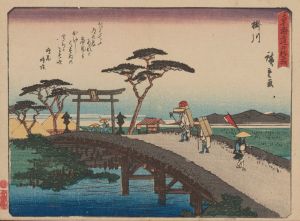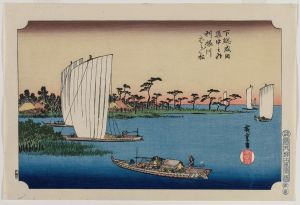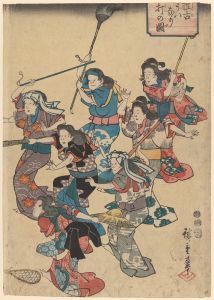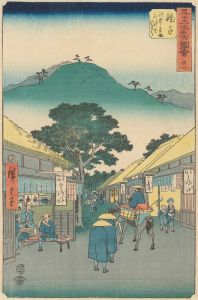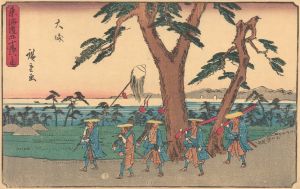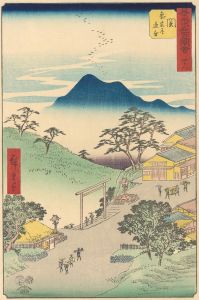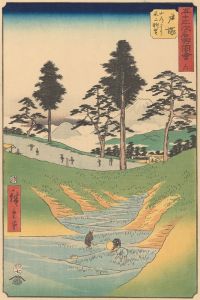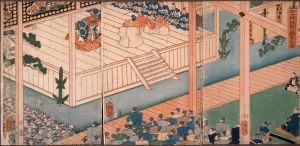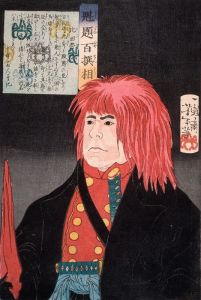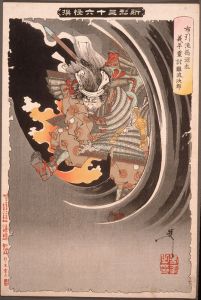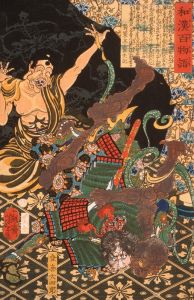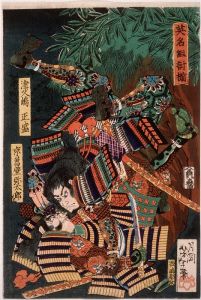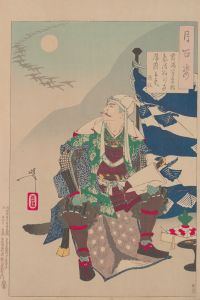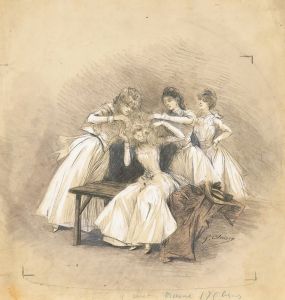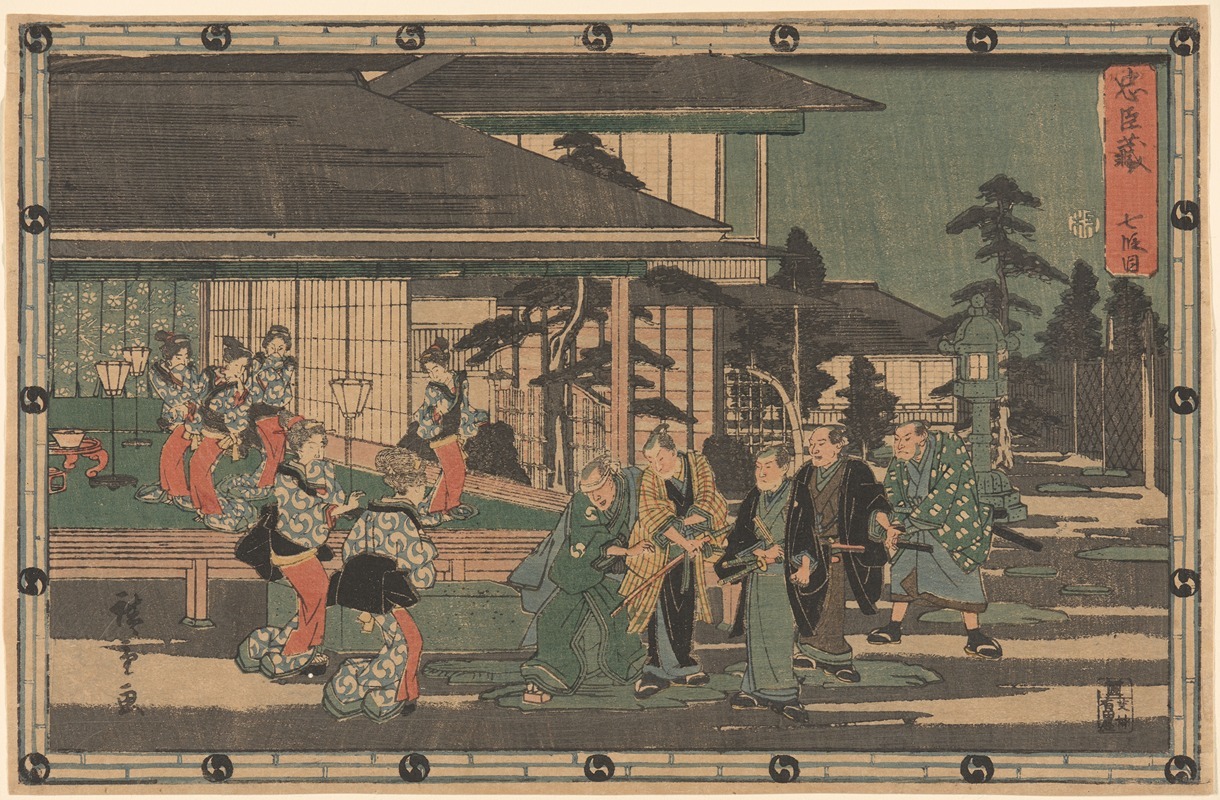
Yoshiwara
A hand-painted replica of Andō Hiroshige’s masterpiece Yoshiwara, meticulously crafted by professional artists to capture the true essence of the original. Each piece is created with museum-quality canvas and rare mineral pigments, carefully painted by experienced artists with delicate brushstrokes and rich, layered colors to perfectly recreate the texture of the original artwork. Unlike machine-printed reproductions, this hand-painted version brings the painting to life, infused with the artist’s emotions and skill in every stroke. Whether for personal collection or home decoration, it instantly elevates the artistic atmosphere of any space.
Andō Hiroshige, a renowned Japanese ukiyo-e artist of the Edo period, is celebrated for his evocative landscapes and scenes of everyday life. One of his notable works is "Yoshiwara," which is part of his larger series that captures the essence of Edo (modern-day Tokyo) and its surroundings. Hiroshige's work is characterized by its vibrant use of color, attention to detail, and ability to convey the atmosphere of the scenes he depicted.
"Yoshiwara" specifically refers to the Yoshiwara pleasure district in Edo, which was a prominent and officially sanctioned red-light district during the Edo period. Established in the early 17th century, Yoshiwara was a place where courtesans, artists, and patrons mingled, and it became a significant cultural hub. The district was known for its unique architecture, bustling streets, and the vibrant life that thrived within its confines.
Hiroshige's depiction of Yoshiwara is part of his series "One Hundred Famous Views of Edo" (Meisho Edo Hyakkei), which he created between 1856 and 1858. This series is one of his most famous works, showcasing various locations around Edo, each with its own distinct charm and significance. The prints from this series are celebrated for their innovative compositions and the way they capture the changing seasons and times of day.
In his portrayal of Yoshiwara, Hiroshige captures the lively atmosphere of the district. The print often features the bustling streets filled with people, the elegant architecture of the teahouses, and the natural beauty of the surrounding landscape. Hiroshige's use of perspective and color brings the scene to life, inviting viewers to experience the vibrancy of Yoshiwara as if they were walking through its streets.
Hiroshige's work is notable for its influence on Western art, particularly during the Japonisme movement in the late 19th century. Artists such as Vincent van Gogh and Claude Monet were inspired by Hiroshige's compositions and use of color, which contributed to the development of Impressionism. The "Yoshiwara" print, like many of Hiroshige's works, played a role in this cross-cultural exchange, highlighting the universal appeal of his artistic vision.
The ukiyo-e tradition, of which Hiroshige was a master, focused on capturing the "floating world" of urban life, entertainment, and natural beauty. His works, including "Yoshiwara," serve as historical documents that provide insight into the culture and society of Edo-period Japan. They offer a glimpse into the daily lives of people, the architecture of the time, and the natural landscapes that surrounded them.
Hiroshige's "Yoshiwara" remains an important piece in the study of Japanese art and culture. It exemplifies his skill in creating dynamic compositions that are both aesthetically pleasing and culturally significant. Today, his works continue to be celebrated for their beauty and historical value, offering a window into a world that has long since transformed.





